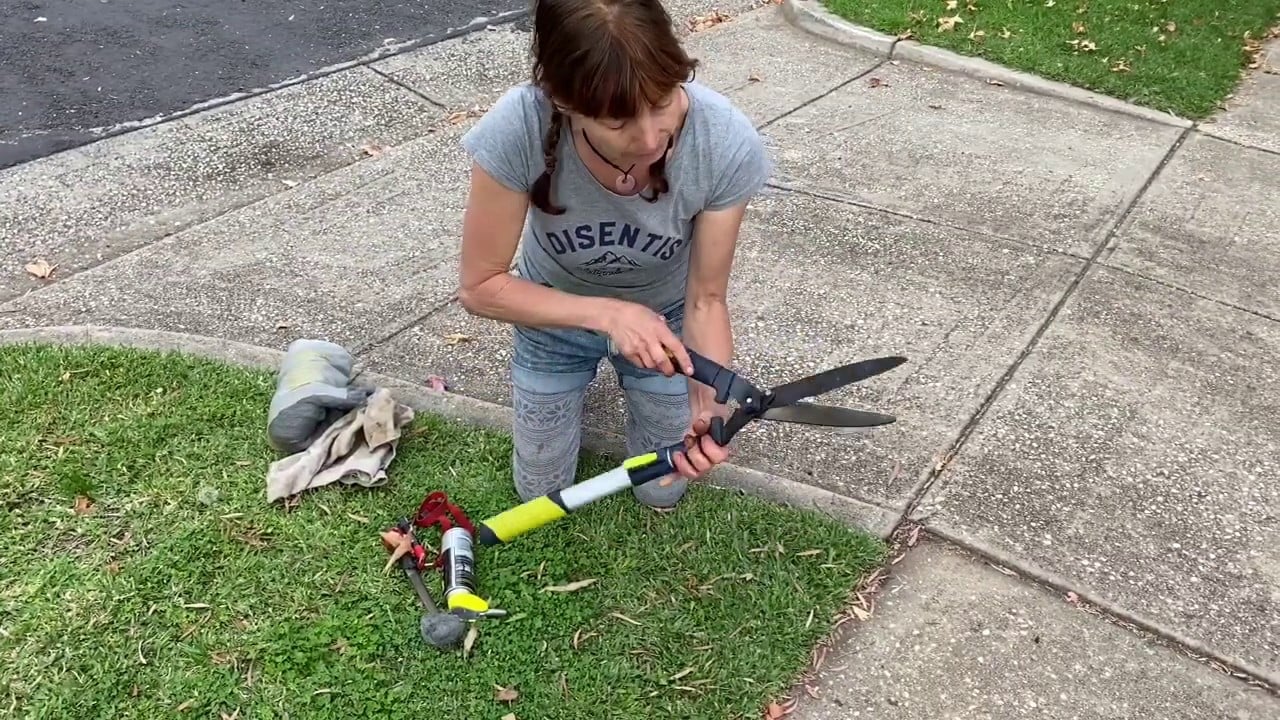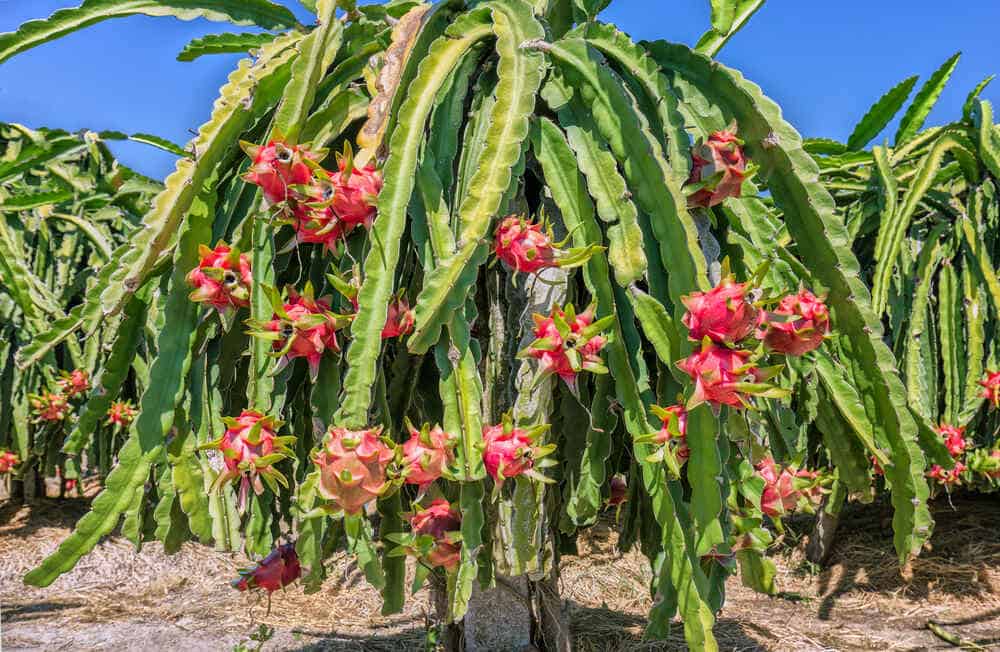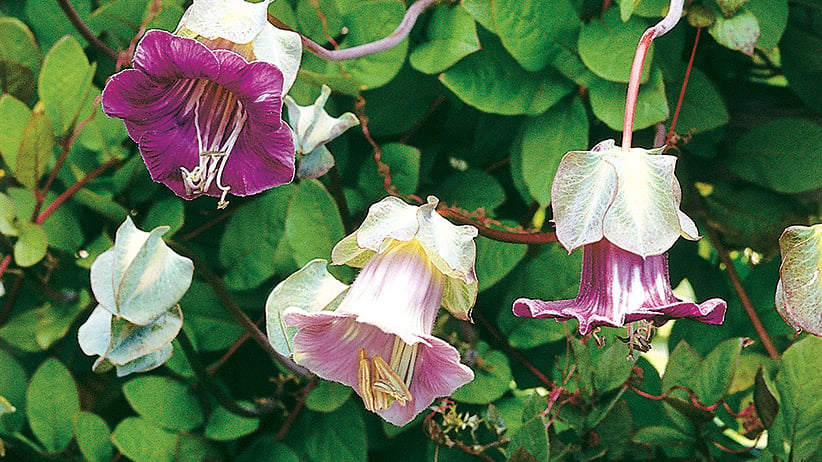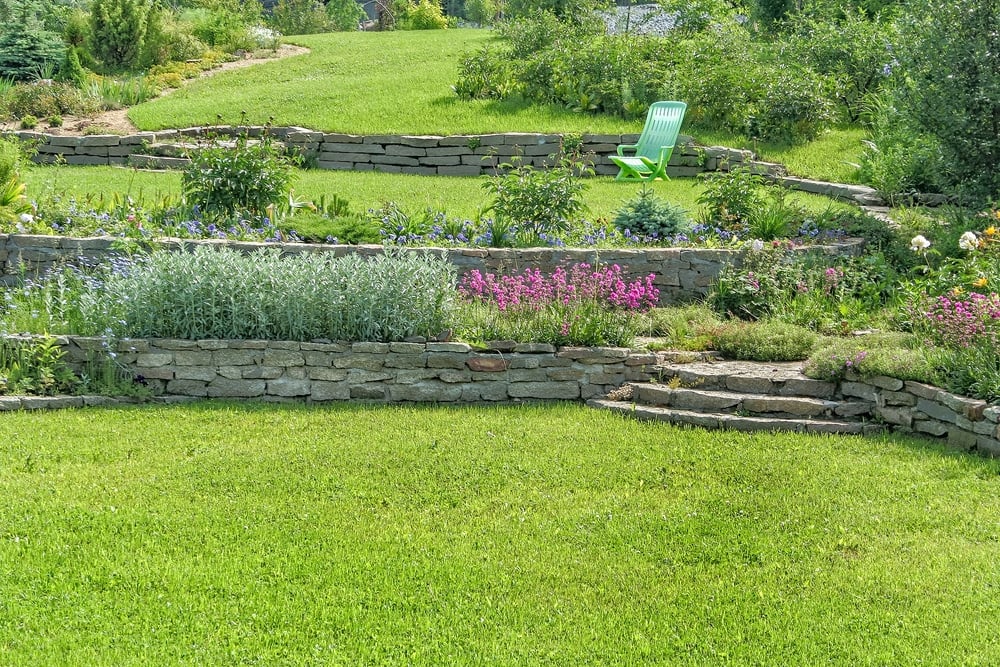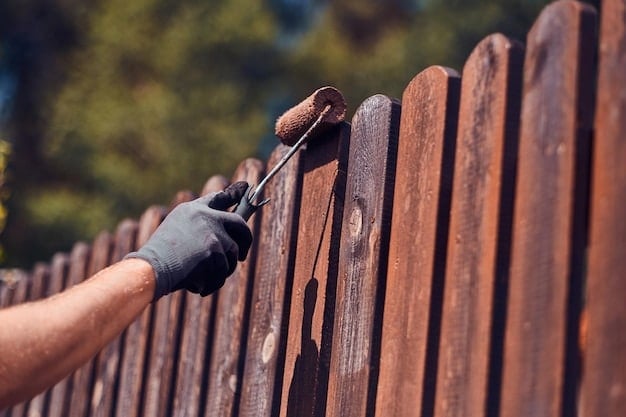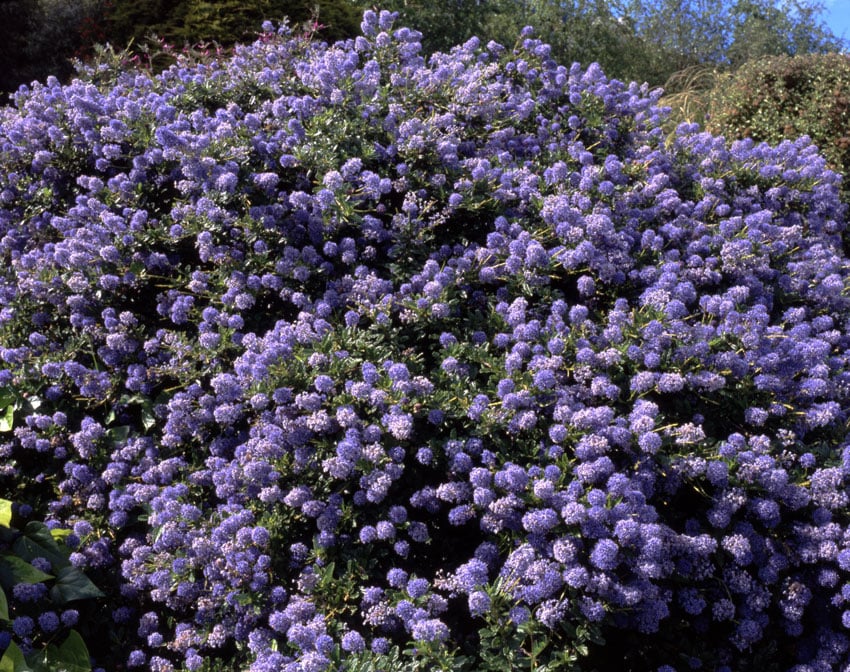8 Easy Steps to Starting an Allotment Garden for Beginners
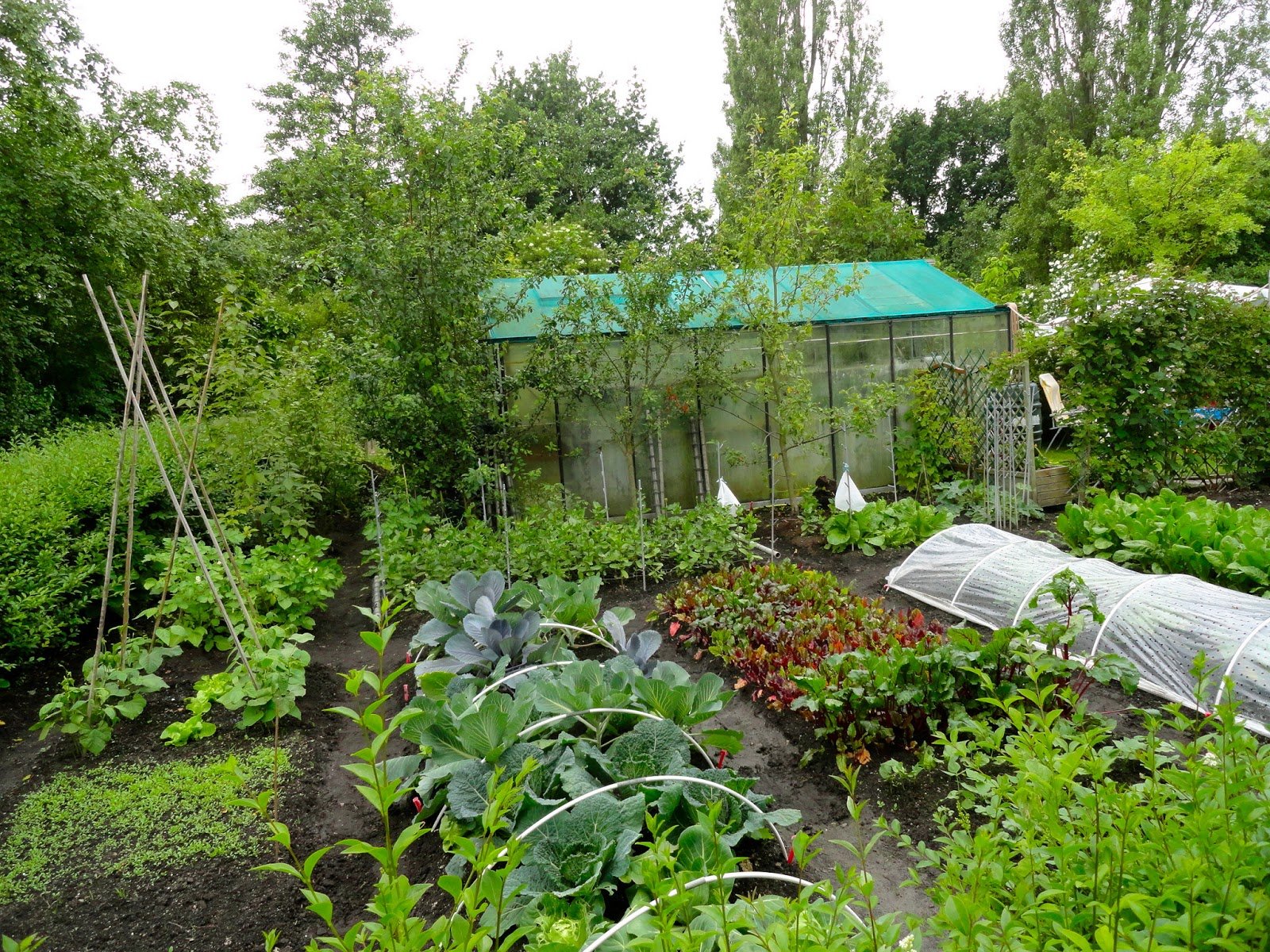
Table of Contents
Are you someone who loves staying connected with nature and growing your produce while enjoying the process? Then, you should try allotment gardening!
The Allotment is a piece of land rented out to individuals or communities to grow fruits, vegetables or flowers. Allotment gardening is a fun, rewarding hobby that improves overall well-being and lets you be conscious about your eating habits.
But Starting an allotment can be overwhelming if you are a beginner, but do not worry; we have you covered! This article will help you with everything you need about the Allotment, from choosing your plot to preparing compost for the plants.
Grab your gloves and get started!
What is Allotment Gardening?
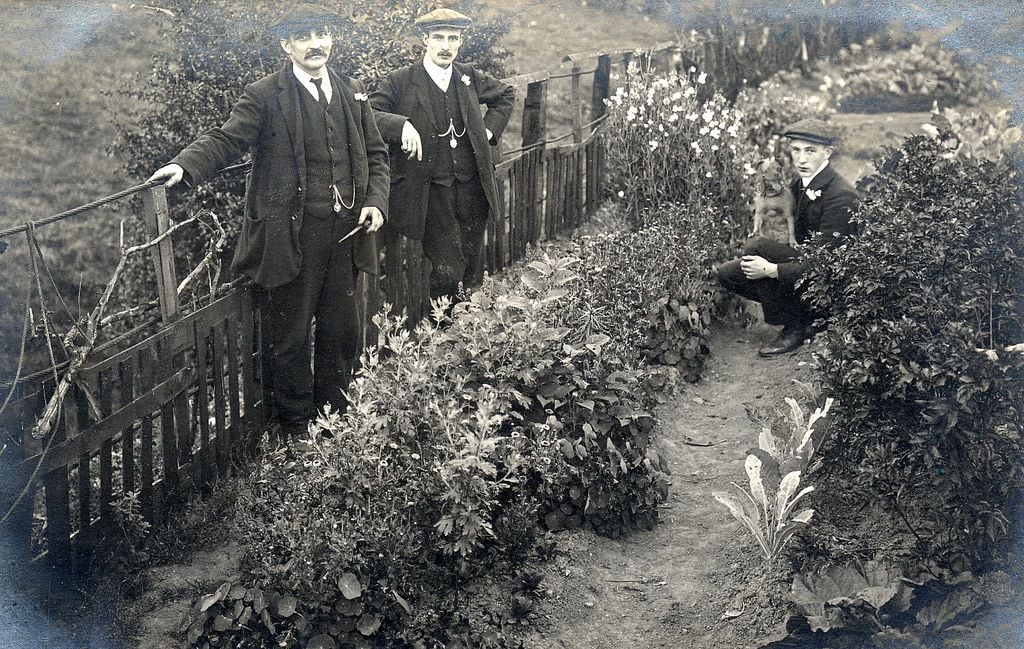
The world has seen an inevitable shift in paradigm towards organic food, sustainability and environment-friendly choices; allotment gardening has gained its popularity again. But it has a very mesmerizing history which dates back to the 1800s.
Though the landowners didn’t initially accept allotment gardening, the involvement of lawmakers convinced them to give their lands for allotment gardening. It gained importance during World War I, as the severity of the food supply increased, and many lands were turned to allotments. By World War II, the government had called out for help to support food supply, for which half a million new allotment plots were created. The plots were created wherever possible. Even some Royal Gardens like Hyde Park, Kensington Garden, and St. James’ Park were converted into allotment plots to support Britain during World War II with food supplies.
Around the 1970’s mass, produced food became famous, and the concept of Allotment Gardening was suddenly out of fashion. The allotment lands were sold out to developers as there was a huge demand for commercial building land. The future of Allotment is looking bright again as there is a surge in concern towards food production and healthy food consumption.
Types of Allotments
Allotment building is a very good exercise for both mind and body. It is a great activity to do as an individual or as part of the community. Even though the sole purpose of allotment gardening is producing fruits, vegetables and flowers, there are various types of allotments.
- Community Allotment – These allotments are usually rented out to a group of people, or a group of people come together to produce on a piece of land using shared tools and shared water systems and share the harvest.
- Private Allotment – Private allotments are usually rented out to individuals to grow anything they choose. The tenant is solely responsible for the crop and the tools.
- Educational Allotment- These allotments are rented out to schools or educational institutes for children to grow plants. This is the most engaging activity and important for them to learn what and how they eat.
- Ornamental Allotment – These allotments are rented out to individuals, especially to grow flowers for commercial purposes; they usually grow annual plants used in decorations and as cutting flowers for indoor décor.
Benefits of Starting an Allotment
Starting an allotment will benefit an individual but motivates a community, and helps nature in a wider range. Here are some benefits of starting an allotment:
- Fresh and Healthy Eating
- Physical and Mental Health
- Sustainable Living
- Community Building
- Educational Benefits
- Environmental Benefits
How To Start An Allotment: Beginners Guide
Now that we have seen the glorious history of Allotment gardening, it’s time for us to start growing our garden. Here’s a beginner-friendly, step-by-step guide to get you started.
1. Find a Plot
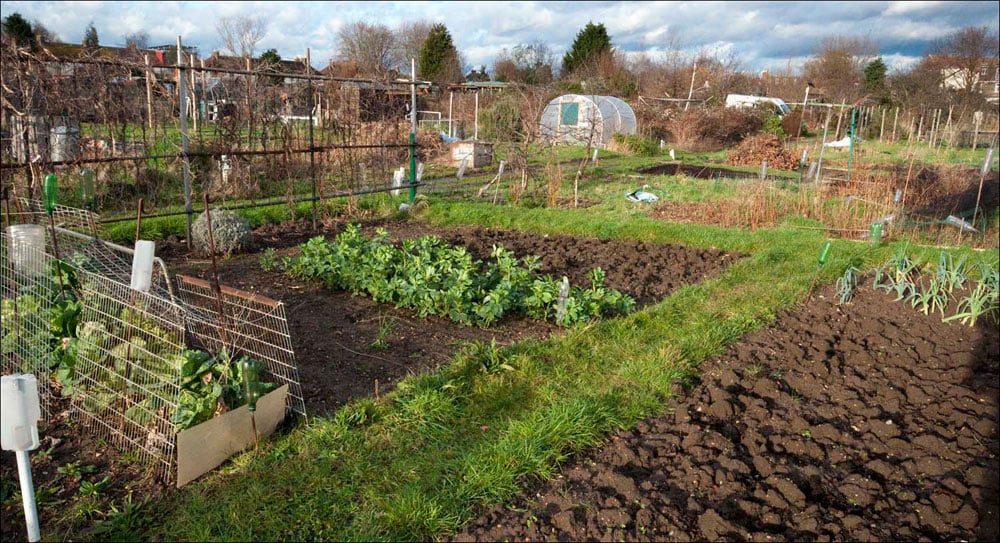
Finding the right plot is the job of allotment gardening, which requires intense research and effort. You can start by contacting local councils and associations or land owners. Contact the owner immediately if you come across a plot that suits your needs. If there is a waitlist, list your name for the plot.
There are a few things you should consider while searching for a plot, such as the size of the plot, accessibility to visit the plot daily and storage facilities, ample sunlight and good soil quality.
Walk around the plot and know your neighbours because allotment gardening is about finding joy and building community.
2. Plan Your Plot
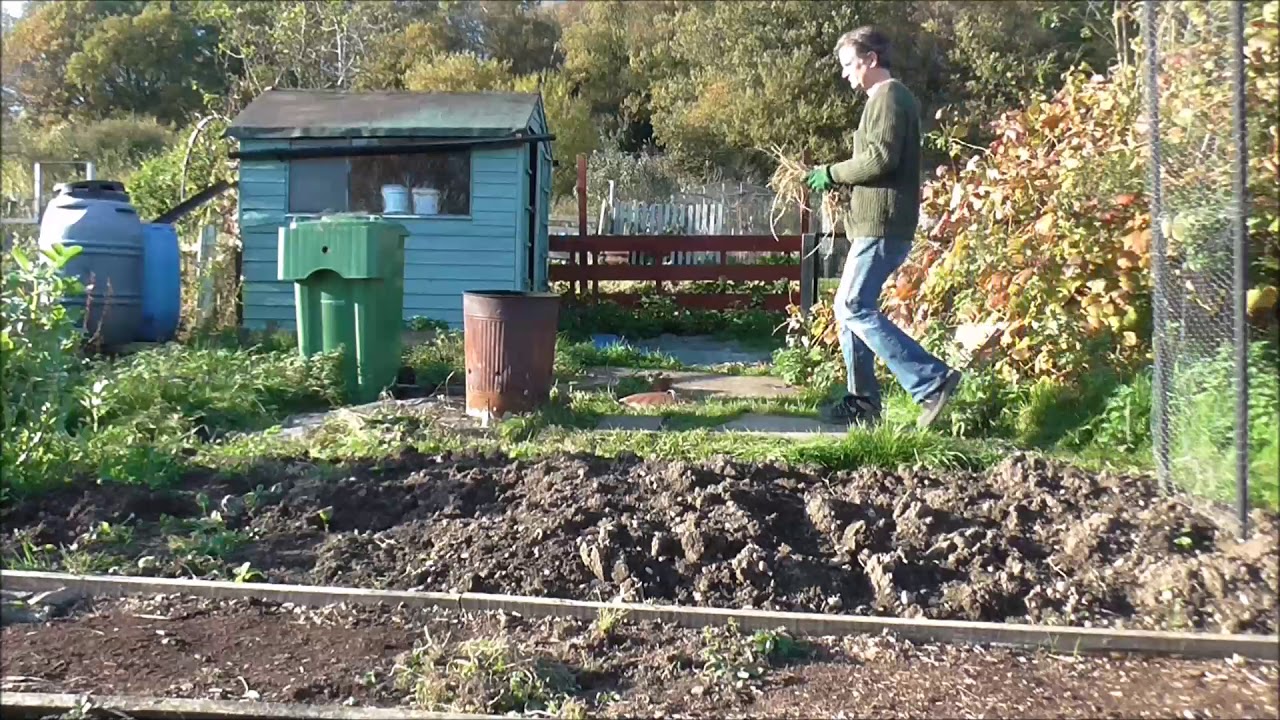
Planning an allotment is a very fun and personal thing to do. It can be exhausting for a beginner who has just started allotment gardening. But do not give up; we have just begun!
Once you find a suitable plot, clean up the weeds and rocks, check the soil quality, and improve the drainage condition to avoid water clogging and root rot. Some tenants leave the plots messy, run down and less fertile.
The most important thing to do is to check the fertility of the soil and improve the fertility if needed by adding fertilizers or compost.
Here’s a Pro Tip: Do not use a rotavator to cut the weeds, as some will be chopped up on the surface and grow again to spread and multiply. Instead, put on those gardening gloves and dig up the soil to remove those tough weeds.
3. Prepare the Soil
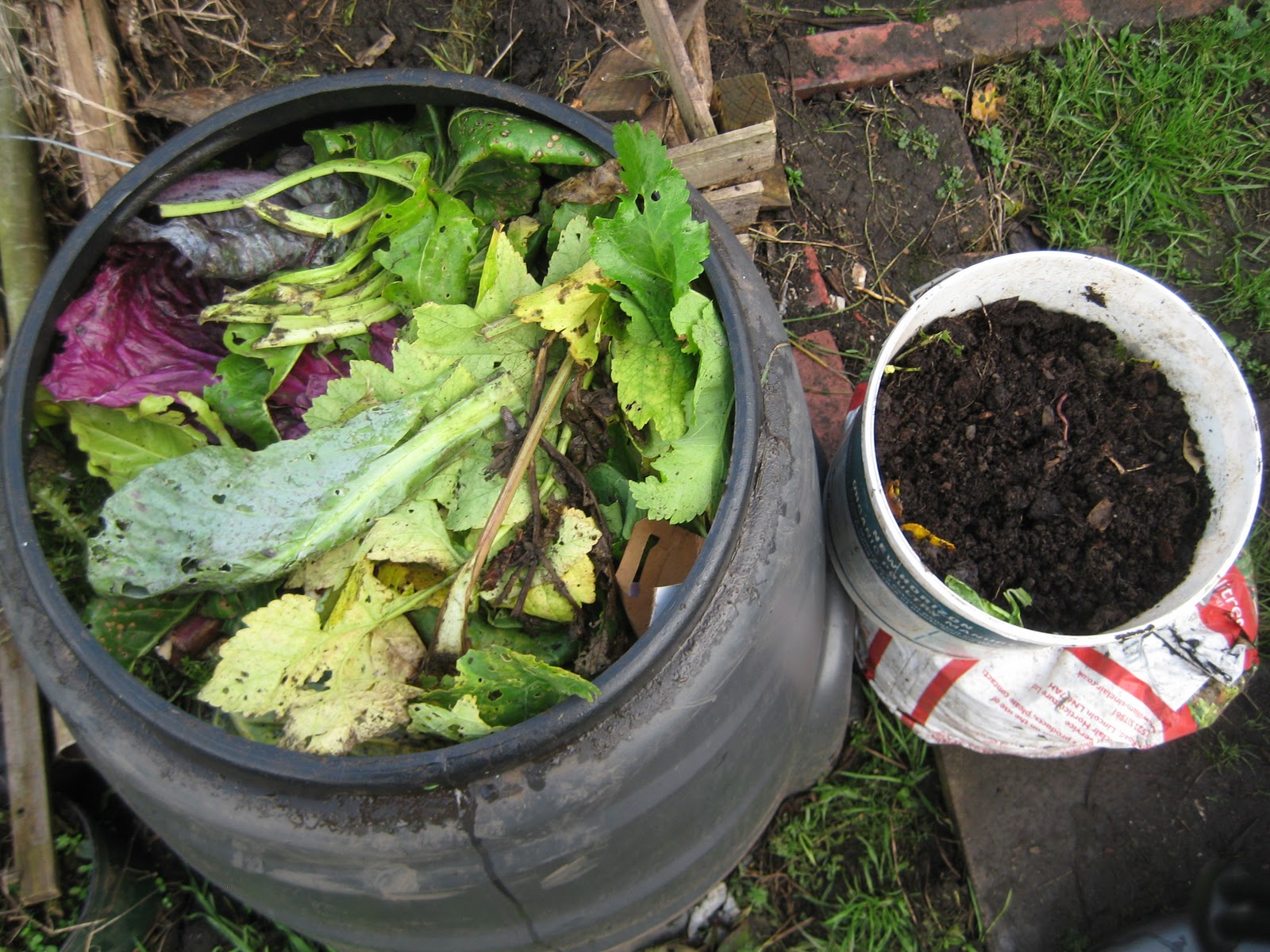
Setting soil for your plot can be a big hustle! First, research fertilizers available in the market that suit your soil type. Many fertilizers can be used and are available at the fingertips. However, using organic fertilizers with many chemicals that might leave the soil infertile in the long run is advised.
Preparing organic fertilizers/compost is a long and stable process. Organic fertilizers are made from natural vegetable waste available at home, which are rich in nutrients and help improve soil fertility. Here is a step-by-step process for preparing the compost at home.
- Build a compost bin, recycle one plastic bin, or purchase one to store the organic waste. Make sure the bin has proper drainage holes and ventilation.
- Collect vegetable waste, discarded fruits, eggshells and leaves, and avoid dairy products and meat. Add all the collected waste and mix it regularly to ensure proper aeration and moisture.
- Add herbivores’ manure like Cow Dung, Horse and Chicken waste to the compost to enrich the nutrition and nitrogen content.
- Keep the compost bin in the shade and let the compost rest for several months.
Since preparing compost is lengthy and time-consuming, you can use chemical or liquid fertilizers for fast-acting results. But it is advised to use less chemical fertilizers to avoid damaging the plant.
4. Design Your Plot!
How do you like to see your allotment plot? Designing the plot is the most creative and engaging activity. This process is about how you want to see your plot and comfort.
A few things should be considered before starting the process, like the plot’s size, shape and features. Then, once you understand your plot, follow these steps to design the plot.
- Traditionally plots are divided into sections or beds, depending on the crops you want to grow.
- Once you have an idea of how many varieties or how many sections you want to have, plan the layout. Again, it is important to consider the needs of the plants while planning the layout.
- Do not forget to design the drainage system and pathway between the layouts.
- It is advised to opt for companion planting, i.e. set up plants with similar watering and maintenance needs.
- Make the most of the plant by planning rotational crops.
- As we have already discussed, designing is a personal and preferential process, so do not forget to add a personal touch to the plot, like a comfy chair or a small swing.
A scarecrow is always a cute addition to a plot!
5. Choose Your Produce
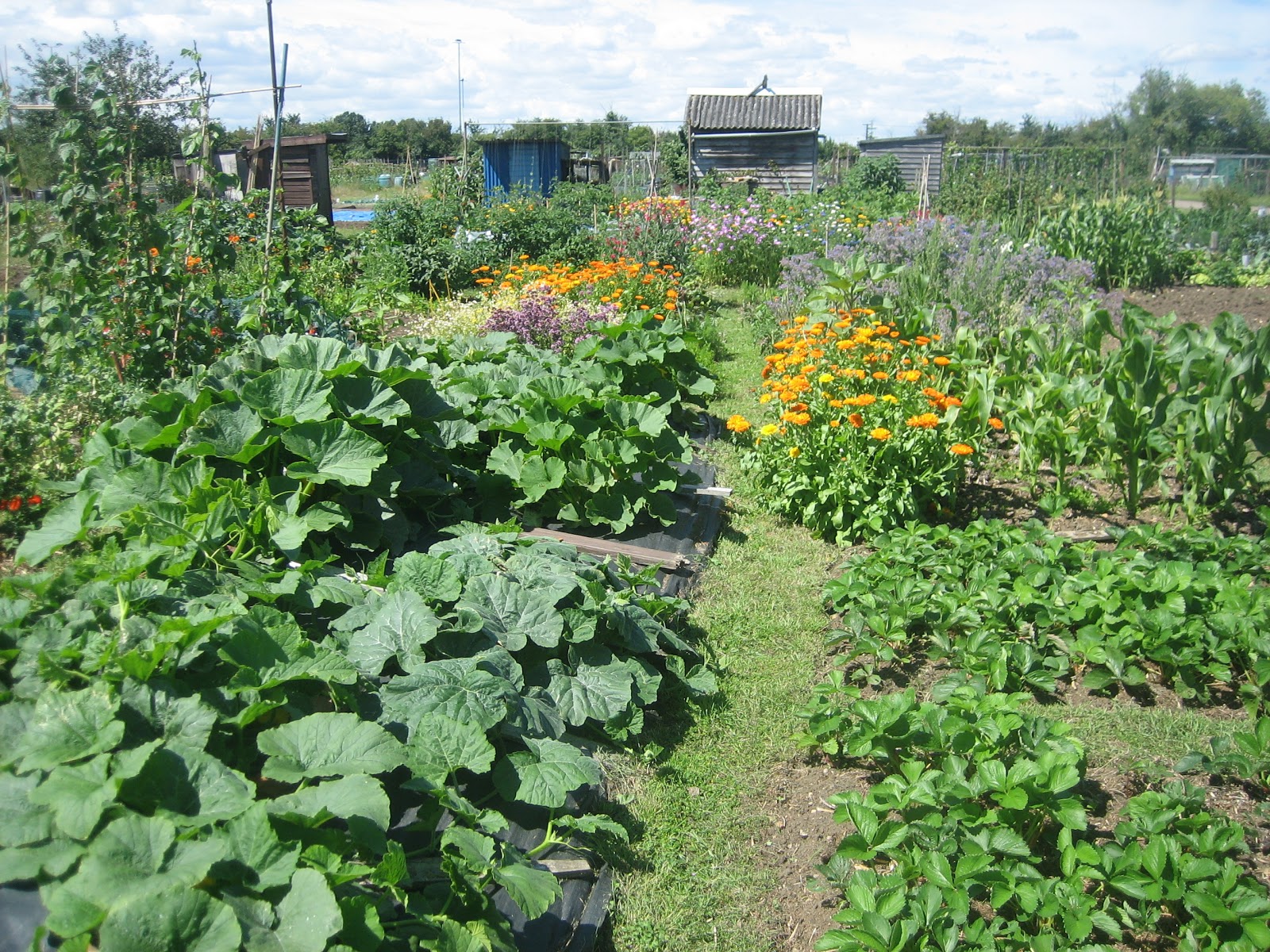
Now this is the toughest choice! Educating yourself about the local climatic conditions, local plants, soil type and, most importantly, personal preferences is important.
- In cold weather, go for plants that produce peas, radish, beetroot, celery etc.
- In summer or hot weather, choose cucumber, peppers, sweet potatoes, tomatoes etc.
- In spring, you can plant squash, beans, sweetcorn, spring onions etc.
- Some all-season plants, like cabbage, turnips, and broccoli, can be produced year-round.
- There are varieties of plants available for you to choose but do not forget about your personal preferences. Plant what you and your family love you have.
- For the maximum utility of the space, go for plants that grow vertically/ climbers.
6. Planting and Maintenance
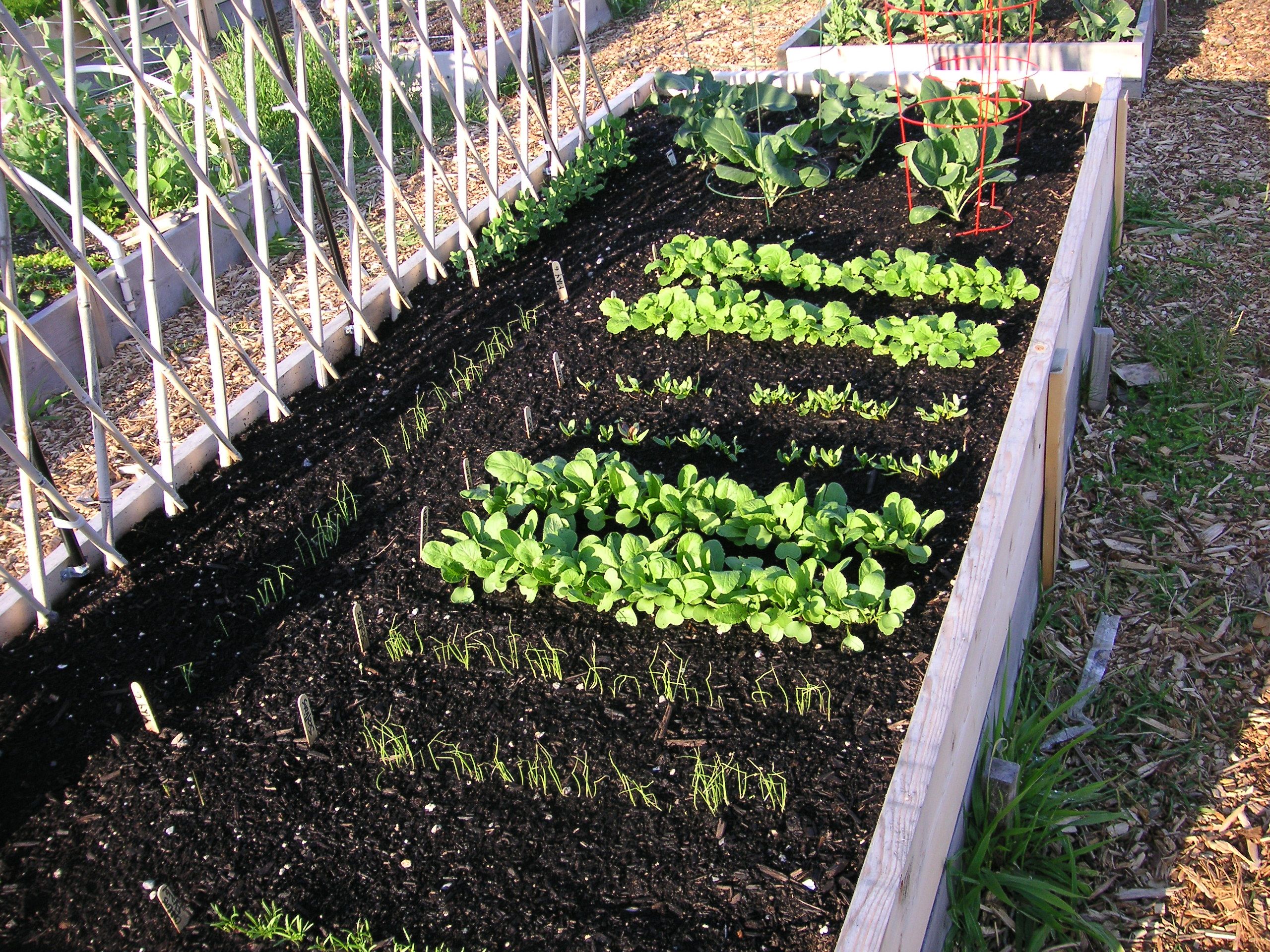
Now your plot is ready for the planting phase. This requires more attention and effort.
- While purchasing the seeds, check for the expiry date and read the instructions properly before planting. It is important to note that every plant has different needs concerning sunlight, water, depth and spacing.
- Once you are done with planting, the next crucial part is watering. Some plants thrive on dry soil; some prefer moist soil; some can even thrive with very little water and understand the nature of your plants.
- Do not overwater the plants, and make sure the water is not clogged. Damp soil might lead to root rot in plants, and it is not worth it that some plants are sensitive to salt water.
- It is natural for weeds to grow in good soil, so mulching is the best technique to avoid unnecessary growth. It avoids weed growth and prevents the soil from losing water and soil erosion.
- Continue watering regularly while you are at it. Monitor for pests, insects and diseases. Some pests and insects feed on leaves and leave holes in the young leaves; some diseases stunt the growth of the plant and wilted stems. Use fertilizers, pest killers, or natural ingredients like Neem oil, vinegar, and soap solution to eliminate those pests.
7. Pruning
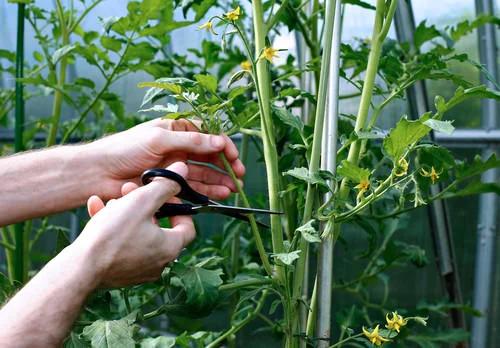
Pruning is the process of removing dead and damaged leaves to improve the health of the plant and maintain the shape of the plant. As the plants start growing, plants face difficulty producing or may not grow as expected due to environmental conditions or pest infections. Here are a few steps to follow while during the Pruning.
- Examine the plants for yellow leaves, black or brown spots, holes on the leaves, white powdery fungus and dead leaves.
- Take a pair of pruning sheers and cut down the damaged stems or pinch off the leaves if the plants are young. Then, apply plant hormones on the branches to stimulate fast growth.
- Some plants might be annual, which means these plants terminate their life after production. So, to promote new products, deadhead the plants, which encourages the plant to focus on new products rather than seeding.
8. Harvesting

Here comes the fun part, Harvesting! Harvesting is the process of collecting and storing your produce. Though it seems to be an easy process, a few things must be noted while harvesting to make the most of your hard work.
- Each plant has a harvest time; monitor the growth of the produce and harvest at the right time for the best quality products.
- Make sure you use the right tools like sheers or scissors to cut the vegetables or fruits. There are chances of damaging the plant using the wrong tools or techniques.
- Some fruits or vegetables need to be refrigerated to store; make sure you know the right technique to preserve the produce.
Allotment plot is all about enjoying the process while making the most of it, so do not forget to share it with your friends and neighbours.
Enjoy the fruit of your labour!
Conclusion
Allotment Gardening is the most engaging and rewarding activity, which keeps you close to nature and helps grow your food and build a sustainable community by reducing carbon footprints generated by the mass production of food. For a beginner with no gardening experience, starting an allotment might sound like an exhausting process, but this blog helps you successfully plan, design and maintain your allotment garden.
Gardening is a process, trust and enjoy the process! It’s not just the joy of producing your organic food; it also helps you take a step back from the daily hustle and bustle and relax. Do not get caught in the competition of producing more than your neighbours; remember that allotment gardening is the best learning experience; the whole purpose is a sustainable and eco-friendly lifestyle.
So, grab your tools and start your allotment journey today.

